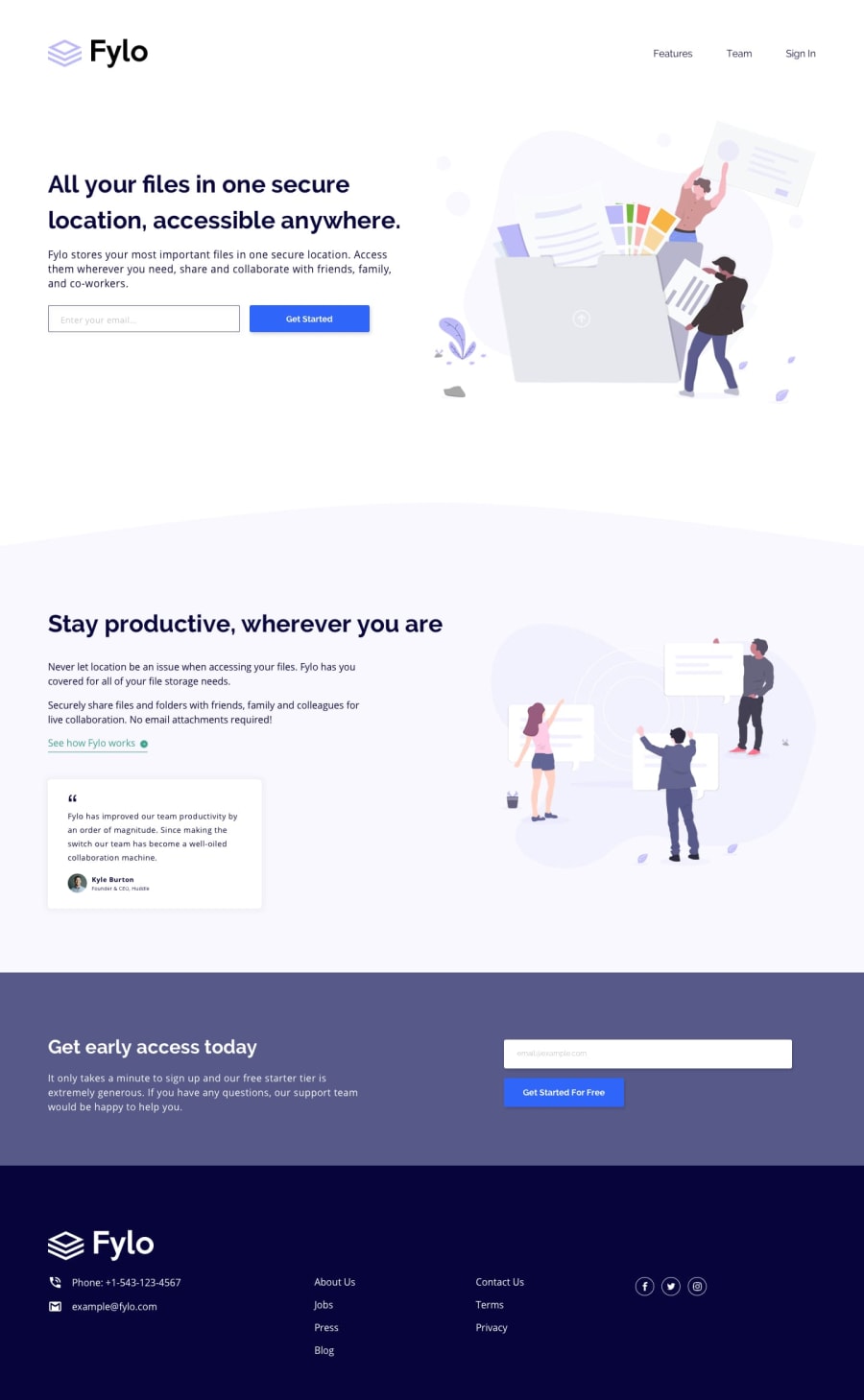@jesufemigan
Posted
Great work Daniel!
Regarding responsiveness, you should only use media queries if you realize the display for a particular screen size does not meet the design requirement or does not look good as the case may be. Note that by default HTML is responsive on all screens, devs are the ones that alter the responsiveness. There are some cases where you need to define media queries for all screen types but always ensure that your styling is optimal to ensure you only use media queries only when necessary.
Marked as helpful

